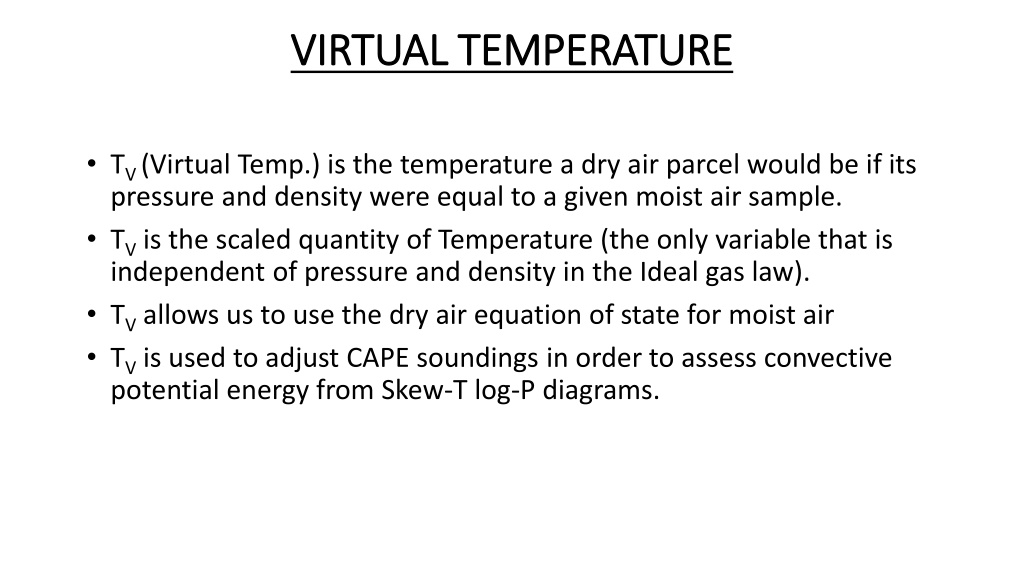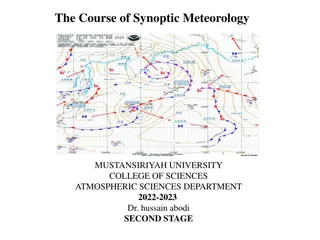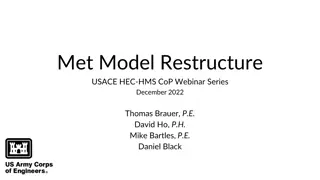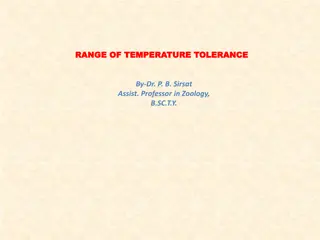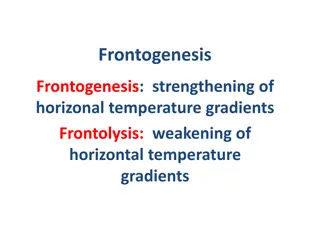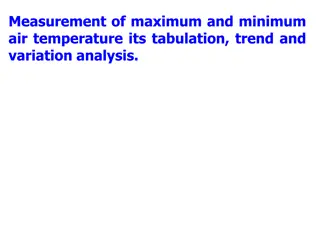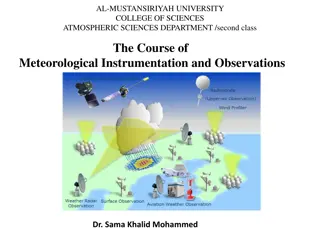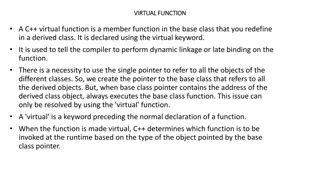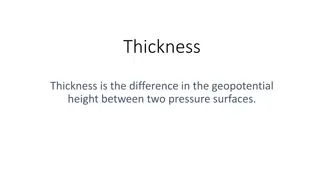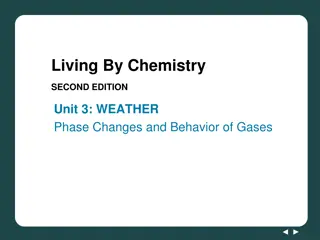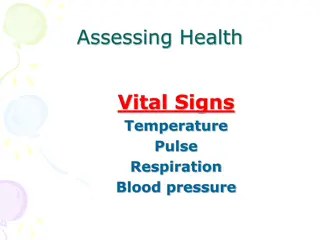Understanding Virtual Temperature in Meteorology
Virtual temperature (TV) is a crucial concept in meteorology, representing the temperature a dry air parcel would have under specific conditions. It allows for adjustments in convective potential energy assessments and is essential for interpreting Skew-T log-P diagrams. When calculated accurately, TV provides realistic values, but discrepancies could indicate errors in pressure measurement instruments or elevation data. Understanding these calculations is key to accurate weather analysis.
Download Presentation

Please find below an Image/Link to download the presentation.
The content on the website is provided AS IS for your information and personal use only. It may not be sold, licensed, or shared on other websites without obtaining consent from the author. Download presentation by click this link. If you encounter any issues during the download, it is possible that the publisher has removed the file from their server.
E N D
Presentation Transcript
VIRTUAL TEMPERATURE VIRTUAL TEMPERATURE TV (Virtual Temp.) is the temperature a dry air parcel would be if its pressure and density were equal to a given moist air sample. TVis the scaled quantity of Temperature (the only variable that is independent of pressure and density in the Ideal gas law). TVallows us to use the dry air equation of state for moist air TVis used to adjust CAPE soundings in order to assess convective potential energy from Skew-T log-P diagrams.
Interpretation and Conclusion Interpretation and Conclusion When Tvis calculated using the method involving the vapor pressure (e), then we get fairly realistic values concerning the virtual temperature. However, when Tv is calculated using the hypsometric equation, the values calculated are very different from the expected values. These values are enormous in comparison to the vapor pressure method and suggests an enormous amount of water vapor in the atmosphere. This could indicate an error in calibration for one or both instruments measuring/recording the barometric pressure at the stations. This could also mean that there is an error in the elevations used in the calculation. Perhaps the sensors are at different heights than is listed on the website? (i.e. on top a building or measurements are not exact)
